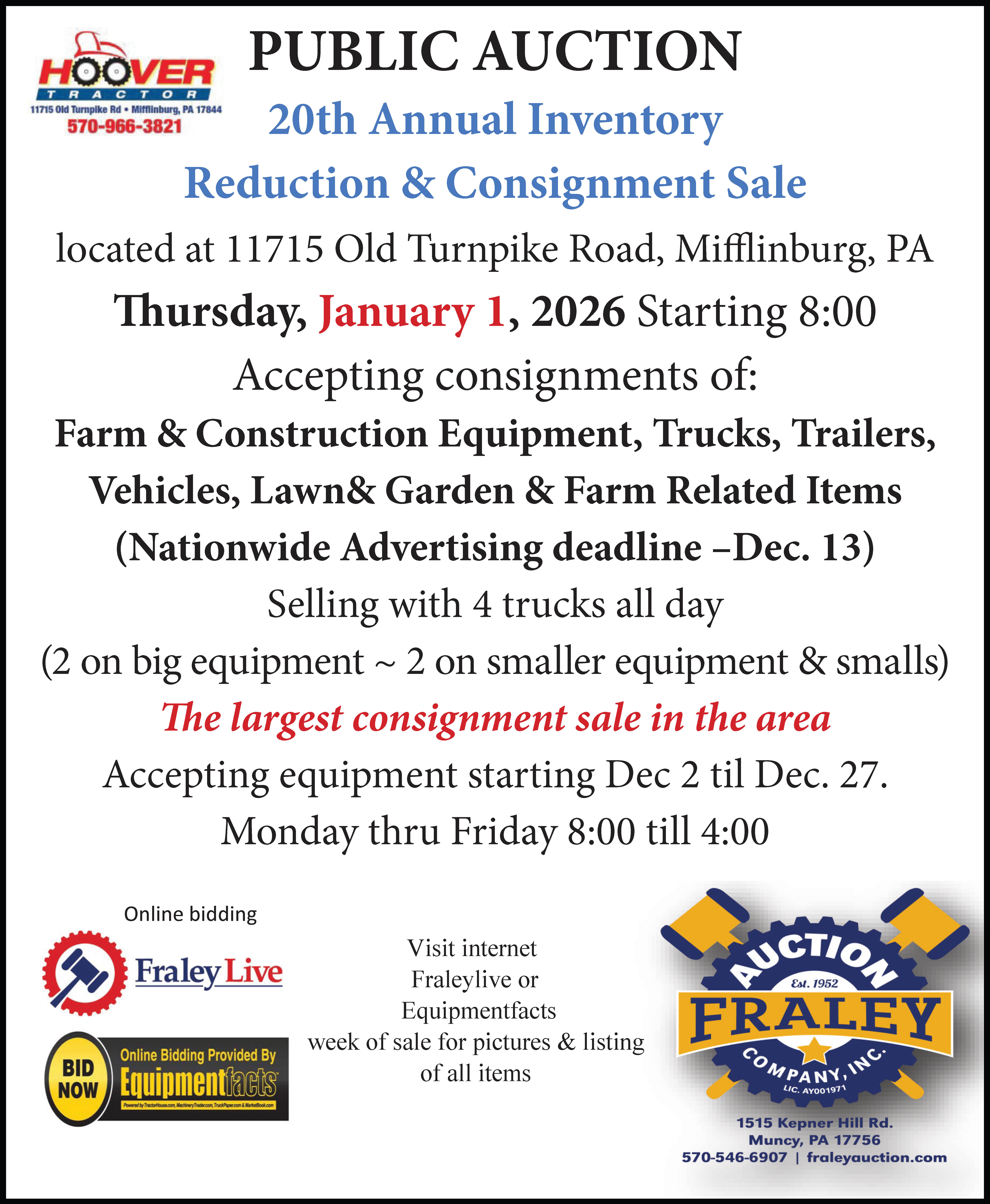The term “feather the edge” does not refer to painting the sides, top, and bottom of a door or finishing the edges of a watercolor painting. Instead, in habitat improvement and deer attraction, it describes a very beneficial way to dress up and complete a food plot.
It is said that deer are creatures that prefer edges, and an edge is where a forest meets a field, or a pasture, or a food plot, or an older age forest meets the new growth line of a recent clearcut. Feathering an edge refers to softening the current edge of an existing location by removing trees to create a merging of two plant types in a transition zone. Instead of having an open pasture, agricultural field, or food plot meet abruptly against a wall of large timber, feathering the edge develops a more gradual “brushy” transition area between the two cover types. This transition zone is attractive to deer as a fawning area and is often a preferred location for food and cover for small game and nesting birds. Edge feathering eliminates the shade produced by the trees that are removed, thus permitting more sunlight to reach the agricultural field or food plot and resulting in a higher crop yield. It can provide escape cover and thermal cover for many species of wildlife along with creating a greater variety of plant species along the edge. This edge zone may also provide better locations for a hunter’s treestand and may further provide cover for a hunter as he approaches and leaves his stand.
Once an area has been identified to create a transition zone, spray an herbicide on invasive, non-native, or unwanted trees, plants, and grasses before you begin cutting trees. The next steps are the killing or felling of trees. One of the most efficient ways of killing trees is by girdling a ring around the trunk and spraying with Roundup or Garlon 4. Some trees should be selected for dropping completely by using a chainsaw, and some should be dropped by using a hinge cut – where the trunk is not cut completely through. The tree falls to the ground, with the remaining part of the uncut trunk providing life (and deer feed!) to the top that is now on the ground. Keep in mind when dropping trees that they can be felled in a direction to block access from one side to the other or felled in such a way as to create open travel corridors from one side to the other. You can totally block off access along some length of the zone and then create pinch points of access near where you might place a treestand.
The width of this transition zone is really up to you, and based on what you hope to accomplish in the short and long term by creating this softer edge, it generally works best if it is somewhere from 15 to 30 yards in width. Whether it is between a forested area and an agricultural field or between a timber stand and a food plot, it can be an ideal place to add beneficial trees and shrubs to enhance the habitat and attract more wildlife. Any hard mast or soft mast producing trees should be left in the zone for future food sources. Smaller trees to consider planting would be apple, crabapple, pear, plum, persimmon, mulberry, and hazelnut. White flowering dogwood, witch hazel, red osier dogwood, elderberry, and fox grapes will be attractive to all types of wildlife.
Any food plot you create in a forested area will add an extremely attractive and beneficial upgrade to existing food sources. Adding a “feathered edge” surrounding a food plot that you have created in the middle of a large forested area is a huge addition to the food plot and allows you the opportunity to enhance the present habitat as well as make additions in the form of small trees and shrubs that will offer a greater variety of food and cover for deer, turkeys, and all varieties of small game birds and animals.



